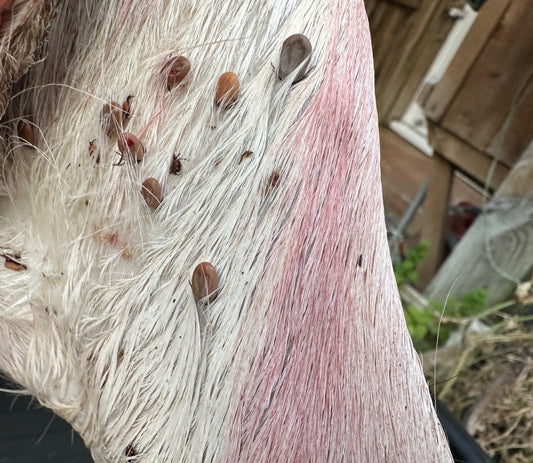Agricultural lands are a vital asset contributing to the food security and economic sustenance of our communities. However, the tranquility of these verdant fields often attracts deer, leading to a cascade of challenges tied to overgrazing. As a deer management entity, we delve into the unseen impact of deer overgrazing on your agricultural output, unfolding the narrative through a lens of expertise and experience.
The Grazing Saga
The Uninvited Diners:
Deer, by nature, are browsers and grazers with an appetite for a variety of plant species. Their foraging activity, although natural, becomes a concern when directed towards agricultural fields. The lure of abundant food often drives deer herds into farmlands, making crops an easy target for their voracious appetites.
A Trail of Vanishing Greens:
The relentless grazing by deer not only leads to immediate crop losses but also hampers the growth of new vegetation. Their feeding habits can significantly reduce the cover, exposing the soil and making it prone to erosion.
The Domino Effect
Soil Erosion and Compaction:
The action of deer hooves compacting the soil coupled with the loss of plant cover accelerates soil erosion. Compacted soil also disrupts water infiltration, potentially leading to increased surface runoff and even localized flooding.
Nutrient Cycling Disruption:
The disruption in vegetation growth alters the natural nutrient cycling process. The absence of plant material slows down the decomposition process, which in turn affects soil fertility and necessitates additional fertilization measures to maintain crop yields.
The Economic Reckoning
The Cost of Lost Yield:
The financial toll of deer overgrazing on agricultural output is significant. Reduced yields equate to lost revenue, and the cost of implementing deterrent measures further strains the financial resources of farmers and estate owners.
The Hidden Expenditure:
The financial implications extend beyond immediate crop losses. The additional investment required in deer deterrent measures, soil restoration, and water management contributes to the unseen expenditure borne by the landowner.
Fortifying the Greens: The Role of Professional Deer Management
Tailored Deer Management Plans:
Engaging professional deer management services is a proactive step towards safeguarding agricultural lands. A well-structured deer management plan, tailored to the specific needs of your farm or estate, can significantly mitigate the impacts of overgrazing, ensuring a sustainable balance between wildlife and agricultural pursuits.
Monitoring and Control Measures:
Implementing a deer management plan encompasses population monitoring, culling programs, and habitat alteration to deter deer from frequenting agricultural areas. These measures, executed professionally, aim to reduce deer pressure on crops while promoting a balanced wildlife ecosystem.
Conclusion: The narrative of deer overgrazing unveils the intricate dance between wildlife and agriculture. As professionals in deer management, we advocate for informed, proactive measures to ensure the co-existence of a thriving agricultural landscape alongside a well-managed deer population. The path towards achieving this balance begins with a committed step towards professional deer management, ensuring the sustainability of both our agricultural heritage and the natural ecosystem.




